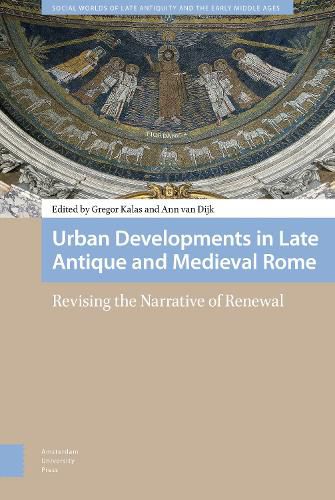Readings Newsletter
Become a Readings Member to make your shopping experience even easier.
Sign in or sign up for free!
You’re not far away from qualifying for FREE standard shipping within Australia
You’ve qualified for FREE standard shipping within Australia
The cart is loading…






A narrative of decline punctuated by periods of renewal has long structured perceptions of Rome’s late antique and medieval history. In their probing contributions to this volume, a multi-disciplinary group of scholars provides alternative approaches to understanding the period. Addressing developments in governance, ceremony, literature, art, music, clerical education and the construction of the city’s identity, the essays examine how a variety of actors, from poets to popes, productively addressed the intermittent crises and shifting dynamics of these centuries in ways that bolstered the city’s resilience. Without denying that the past (both pre-Christian and Christian) consistently remained a powerful touchstone, the studies in this volume offer rich new insights into the myriad ways that Romans, between the fifth and the eleventh centuries, creatively assimilated the past as they shaped their future.
$9.00 standard shipping within Australia
FREE standard shipping within Australia for orders over $100.00
Express & International shipping calculated at checkout
A narrative of decline punctuated by periods of renewal has long structured perceptions of Rome’s late antique and medieval history. In their probing contributions to this volume, a multi-disciplinary group of scholars provides alternative approaches to understanding the period. Addressing developments in governance, ceremony, literature, art, music, clerical education and the construction of the city’s identity, the essays examine how a variety of actors, from poets to popes, productively addressed the intermittent crises and shifting dynamics of these centuries in ways that bolstered the city’s resilience. Without denying that the past (both pre-Christian and Christian) consistently remained a powerful touchstone, the studies in this volume offer rich new insights into the myriad ways that Romans, between the fifth and the eleventh centuries, creatively assimilated the past as they shaped their future.